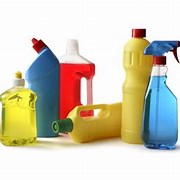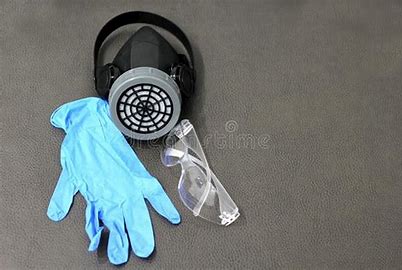Many workplaces need to use dangerous chemicals, which have
the potential to harm your health. Wherever you work, don’t be complacent
around hazardous substances.
Chemicals are all around us, but they are not all dangerous.
The food we eat, the plants we grow, the air we breathe, and the homes we live
in are all made of various chemicals.

Hazardous chemicals are those that can have harmful effects
on people. The health effects depend on the type of chemical and the level of
exposure, and also how you were exposed to it. Chemicals can be inhaled,
splashed onto the skin or eyes, or swallowed, and can cause poisoning; nausea
and vomiting; headache; skin rashes; chemical burns; lung, kidney or liver
problems; nervous system disorders; and birth defects.
Hazardous chemicals can be in the form of a liquid, powder,
solid or gas. Common hazardous chemicals include disinfectants, glues, acids,
paints, pesticides, solvents, heavy metals (such as lead), and petroleum
products.
Reducing your exposure
- First, make sure you know what
chemicals are hazardous in your workplace. Any product in your workplace that
has the potential to cause harm is required by law to have a warning label and
Safety Data Sheet provided.
- Where possible, perform the task
without using any hazardous chemicals, or substitute the substance with a less
hazardous alternative. You could use a detergent in place of a chlorinated
solvent for cleaning, for example.
- Make sure you wear any personal
protection equipment supplied, such as respirators, gloves and goggles.
- Ensure you attend training in the
safe handling of any hazardous chemicals in your workplace.

Exposure to hazardous chemicals
If you suspect you’ve been exposed to a hazardous substance:
- If it’s an emergency, dial
emergency services for an ambulance.
- Otherwise, see your doctor
immediately for treatment, information and referral.
- Notify your employer.
- Try not to handle the substance
again.